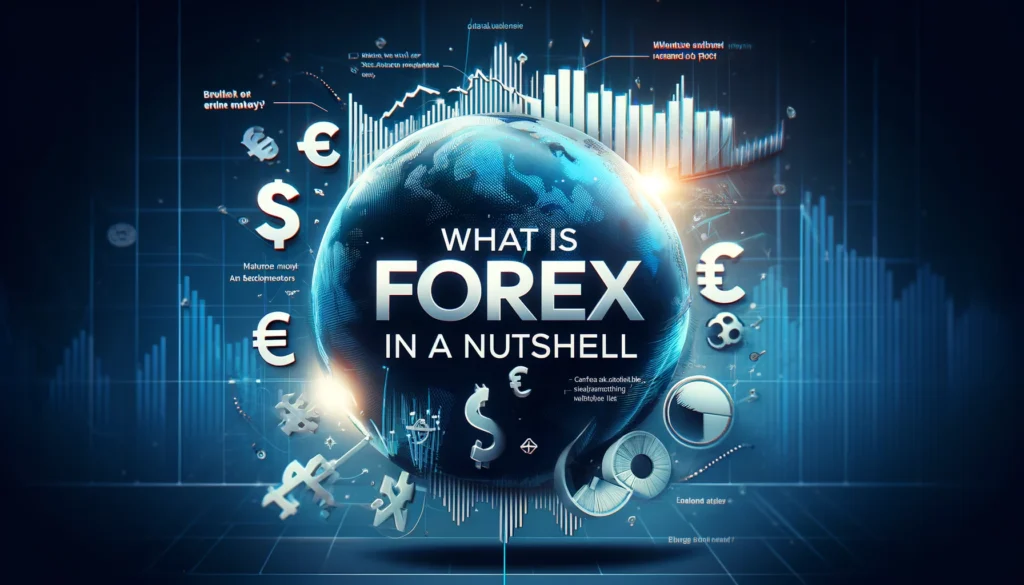Forex trading, or the foreign exchange market, is a global marketplace for exchanging national currencies. It is the largest and most liquid market in the world, with trillions of dollars traded daily. This article aims to provide a comprehensive understanding of forex in a nutshell, covering its basics, key players, […]
Trading Strategies
The Chande Momentum Oscillator (CMO) is a popular tool among forex traders for identifying momentum and potential reversal points in the market. Developed by Tushar Chande, this indicator helps traders make informed decisions by analyzing price momentum over a specific period. In this article, we will explore the CMO in […]
Swing trading is a popular forex trading strategy that seeks to capture short- to medium-term price movements in the market. This strategy allows traders to take advantage of price swings, holding positions for several days to weeks. In this article, we will explain the fundamentals of swing trading, its benefits, […]
Candlestick patterns are a powerful tool for traders to analyze price movements and predict future market behavior. Developed in Japan over 300 years ago, these patterns are widely used in modern technical analysis. This article will explore ten essential candlestick patterns that can help traders make informed decisions and enhance […]
Forex trading has created numerous success stories over the years. Many forex traders have risen to fame with their incredible trading strategies, deep understanding of the market, and significant profits. Here are ten famous forex traders who have left an indelible mark on the world of currency trading. George Soros […]
Forex trading can be a complex and dynamic field, but with the right strategies, traders can navigate the market more effectively. Here are ten useful forex trading strategies that can help you achieve success and maximize your potential in the forex market. 1. Trend Following Trend following is one of […]
The Ichimoku Cloud, also known as Ichimoku Kinko Hyo, is a versatile and comprehensive trading indicator widely used in forex trading. Developed by Japanese journalist Goichi Hosoda in the late 1960s, this indicator provides a complete view of market trends, momentum, and potential support and resistance levels. In this article, […]
The Forex market is vast, offering diverse account types tailored for traders at different skill levels. One such account, the Cent Account, is ideal for beginners or those looking to test strategies without significant financial exposure. This guide breaks down everything you need to know about Cent Accounts. So, what […]
Cryptocurrency volatility refers to the significant price fluctuations that cryptocurrencies experience. This volatility presents both risks and opportunities for forex traders, as it can lead to substantial profits or losses within a short period. What is Cryptocurrency Volatility? Cryptocurrency volatility is the rate at which the price of a cryptocurrency […]
Bollinger Bands are a popular technical analysis tool used by forex traders to identify potential trading opportunities. Developed by John Bollinger in the 1980s, Bollinger Bands help traders understand market volatility and identify overbought or oversold conditions. In this article, we will explain what Bollinger Bands are, how they work, […]










